In which Sid and Doris ride to Orleans the town of La Pucelle, The Maid of Orleans, and stay in the splendid Hotel Abeille. Riding from Chartres to Orleans puts Sid and Doris in mind of crossing the Hungarian Plain. This is Beauce country, famed for the fertility of the soil and the cereal crops. It is gently rolling with not much incident. 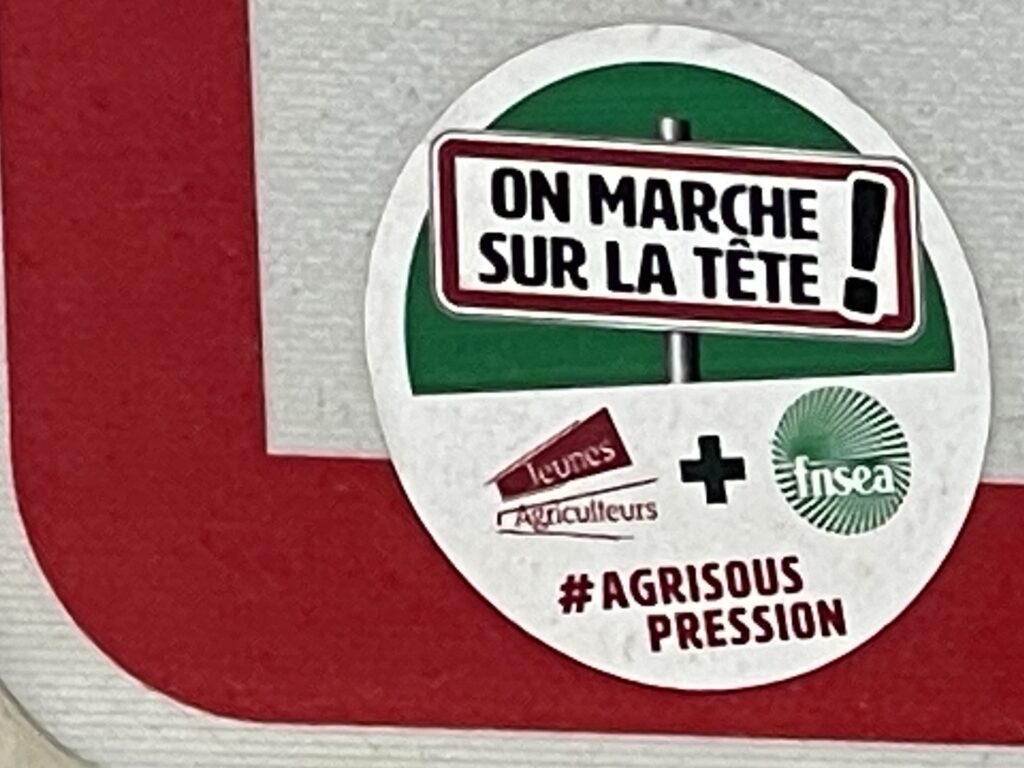
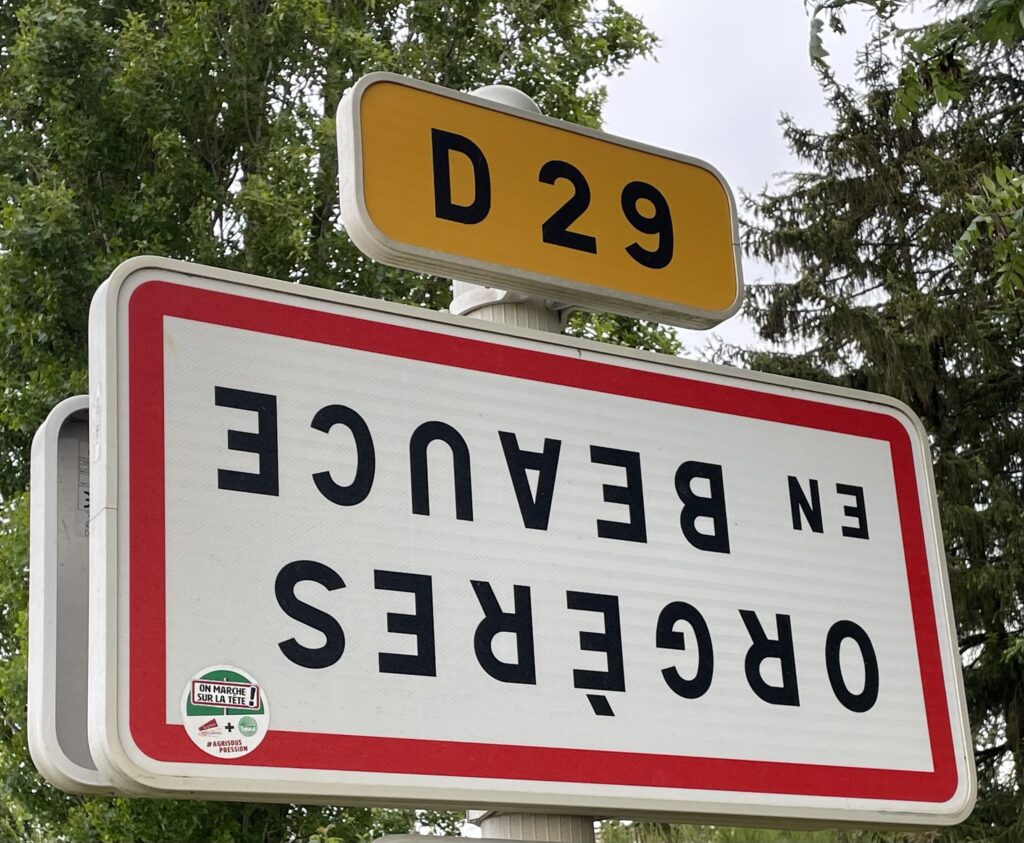
At this point smaller delights reveal themselves. The signs have been turned upside down in protest at how hard the lot of the farmers is. They have been out on their tractors blocking autoroute junctions. Diesel is expensive, fertiliser is expensive. Crops are cheap. Subsidies are too low, and the like.
It may be things were better in the old days of the Common Agricultural Policy. At least the signage was attractive.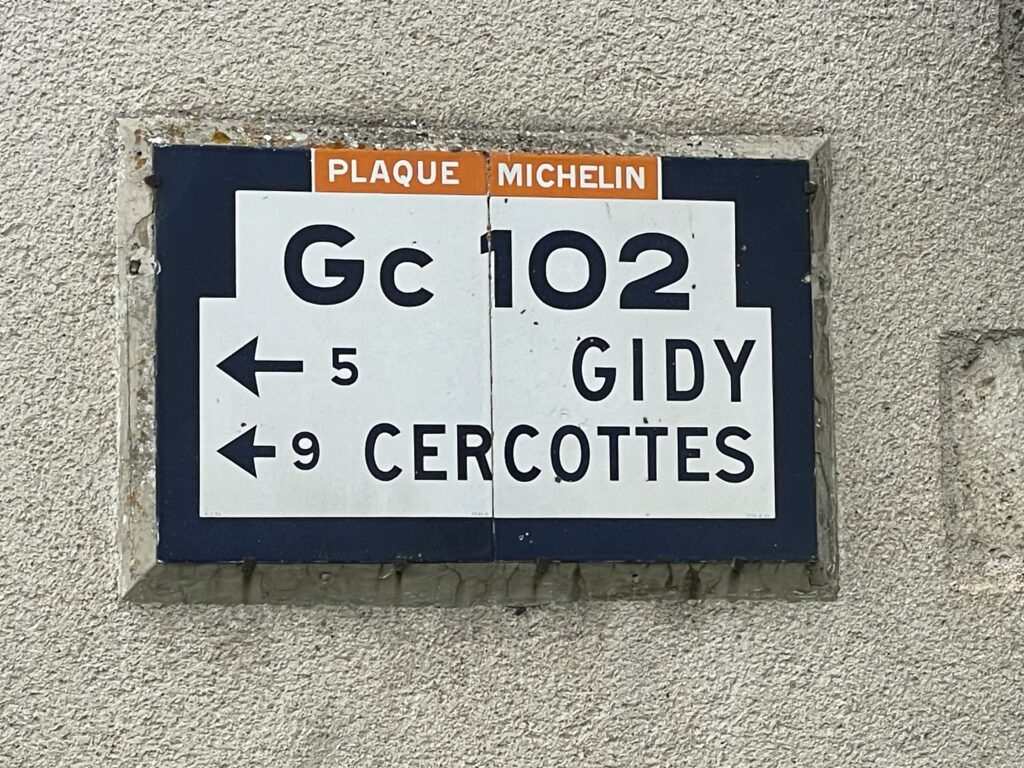
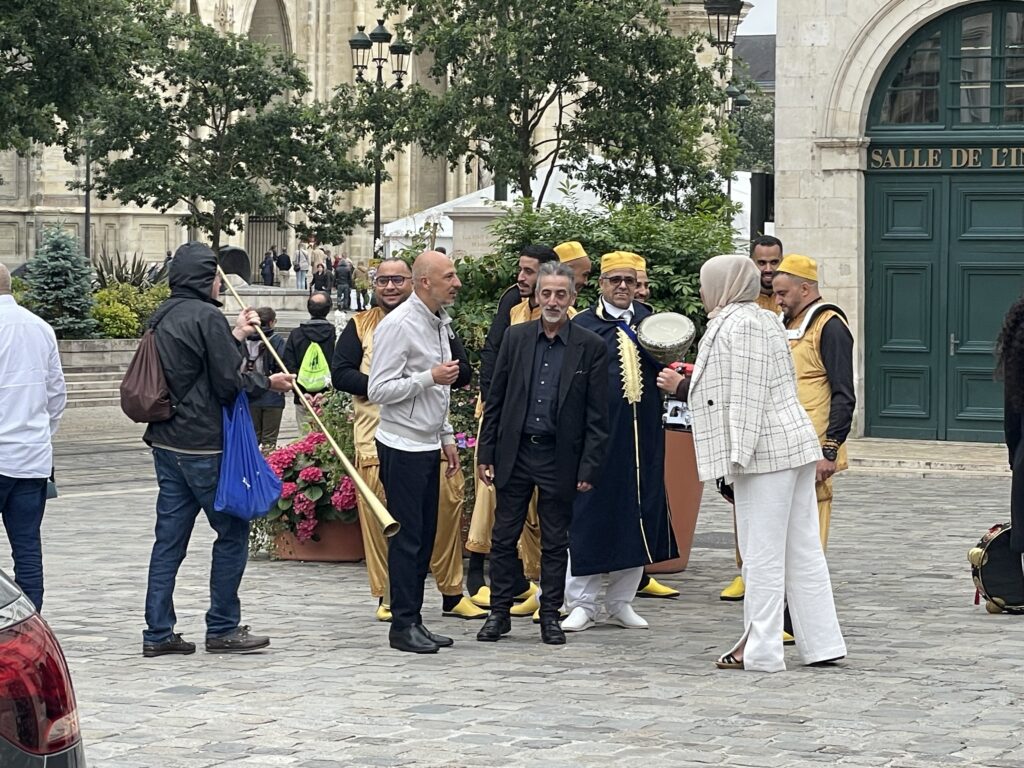 Coming in through the suburbs it is clear Orleans (about 140,000 pop depending on where you count) has quite a Muslim population. France offers Liberte, Egalite and Fraternite. It also insists on Laicite. We saw two Muslim family civil weddings at the town hall with excellent drums and horns.
Coming in through the suburbs it is clear Orleans (about 140,000 pop depending on where you count) has quite a Muslim population. France offers Liberte, Egalite and Fraternite. It also insists on Laicite. We saw two Muslim family civil weddings at the town hall with excellent drums and horns.
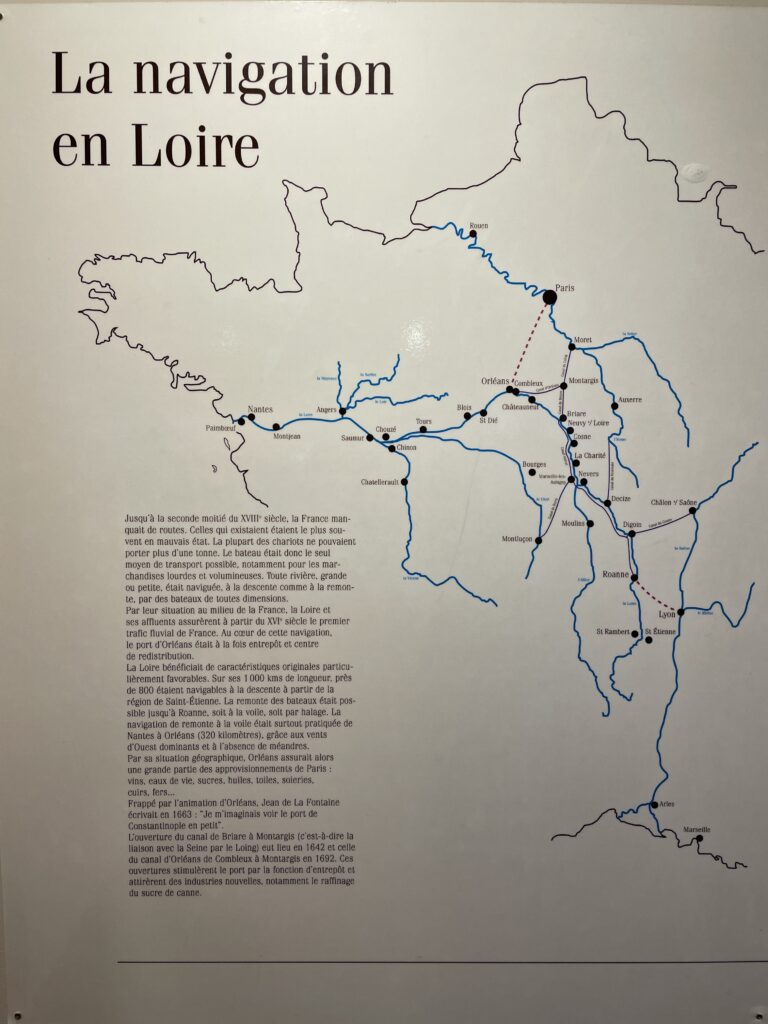 Before the railway and the internal combustion engine were invented, Orleans like New Orleans even now, was a very significant inland port. With winds prevailing from the west sailing vessels could make the trip upstream from Nantes to Orleans and with canalisation even further. Sid and Doris went to the town history museum which shows many objects with no context and is thus ‘a bad thing’. However, the top floor offered the economic element and this chart with which to navigate.
Before the railway and the internal combustion engine were invented, Orleans like New Orleans even now, was a very significant inland port. With winds prevailing from the west sailing vessels could make the trip upstream from Nantes to Orleans and with canalisation even further. Sid and Doris went to the town history museum which shows many objects with no context and is thus ‘a bad thing’. However, the top floor offered the economic element and this chart with which to navigate.
Navigators could also take loads downstream in one-use boats that were made from soft wood, doweled together as you see here. Once they got to the sea they could be broken up for their timbers. As these could carry fifty tons and move at river speed they certainly outpaced and out delivered versus the one ton load, one ox cart down roads worse than a Voie Verte.
The river trade was live even up to the age of steam.
All around the city are statues and images of Joan of Arc, the Maid of Orleans, a teenage shepherdess turned freedom fighter. (It would probably look very good in Manga.) She had a vision while out in the fields (who hasn’t), though hers were of Arch Angel Michael. She insisted she be taken to see Charles (later the seventh) to help him save France from English domination (though Sid points out the Kings of England at the beginning of the 15th century were themselves French, viz the Plantagenet, so it was really part of a French civil war).
Either way in 1429 Joan, by then 17 years old, went to Orleans to lift the English siege of the city. Soon after her arrival the English packed up and moved on with Joan in pursuit, eventually allowing the French to crown Charles vii in Reims cathedral. In a later campaign she was captured and tried by Bishop Cauchon for heresy (such as wearing mens’ clothes, acting on demonic voices and being a charismatic woman) and being found guilty was burned at the stake. Subsequent Catholic enquiries exonerated her and she is now a Patron saint of France. Why can’t she be a Matron saint? Maybe too much cross dressing, and having her chin up – unlike the timid revered Virgin.
The splendid Hotel Abeille has a fine collection of statuary. You can see the bee motif behind.
Her house was knocked down in 1940 in the battle for France, and this time it wasn’t the English.
Happily, quite a lot of Art Nouveau buildings have survived, including the Hotel Moderne from about 1905.
As Lance Armstrong told us, with honesty that might have surprised even him, ‘It’s not about the bike’ (EPO as it turned out) romantic S is very excited to see the Tour de France will have Orléans as a Ville Depart.
And near finally this modest Audi 80 conveyance of the day is the foundation of the modern Audi brand, selon Sid.
More in keeping with a Loire travelogue and for the wooden boat fancier(s) among you, here are some wooden boats on the Orleans quay.
In the next instalment Sid and Doris stay by the Loire, heading east. A suivre.
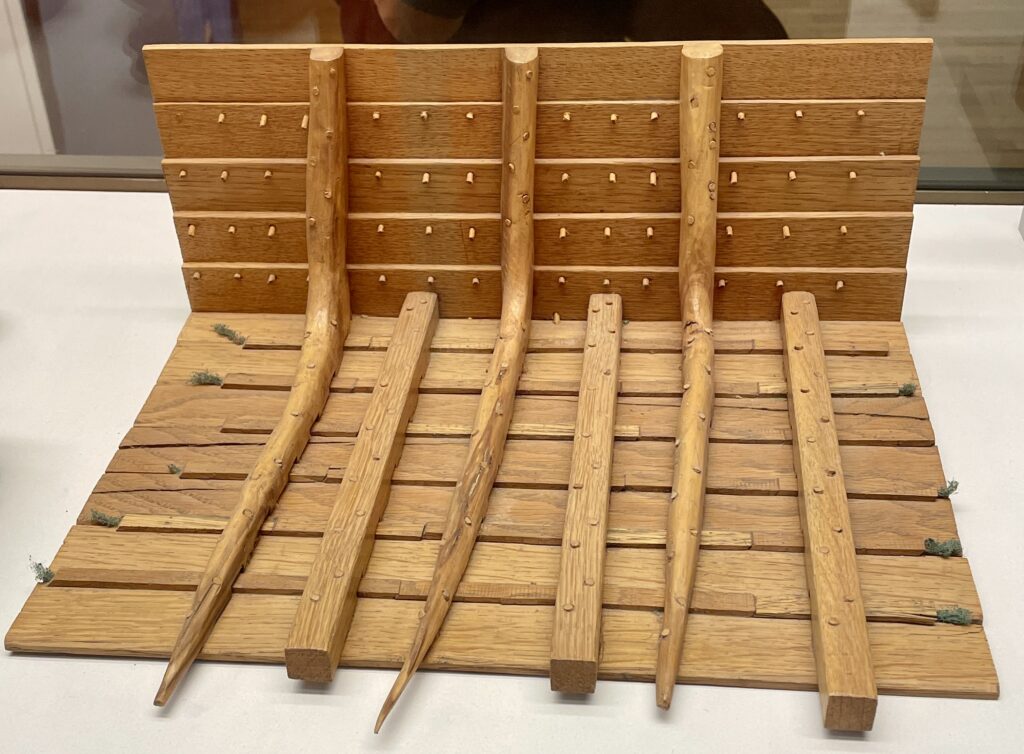
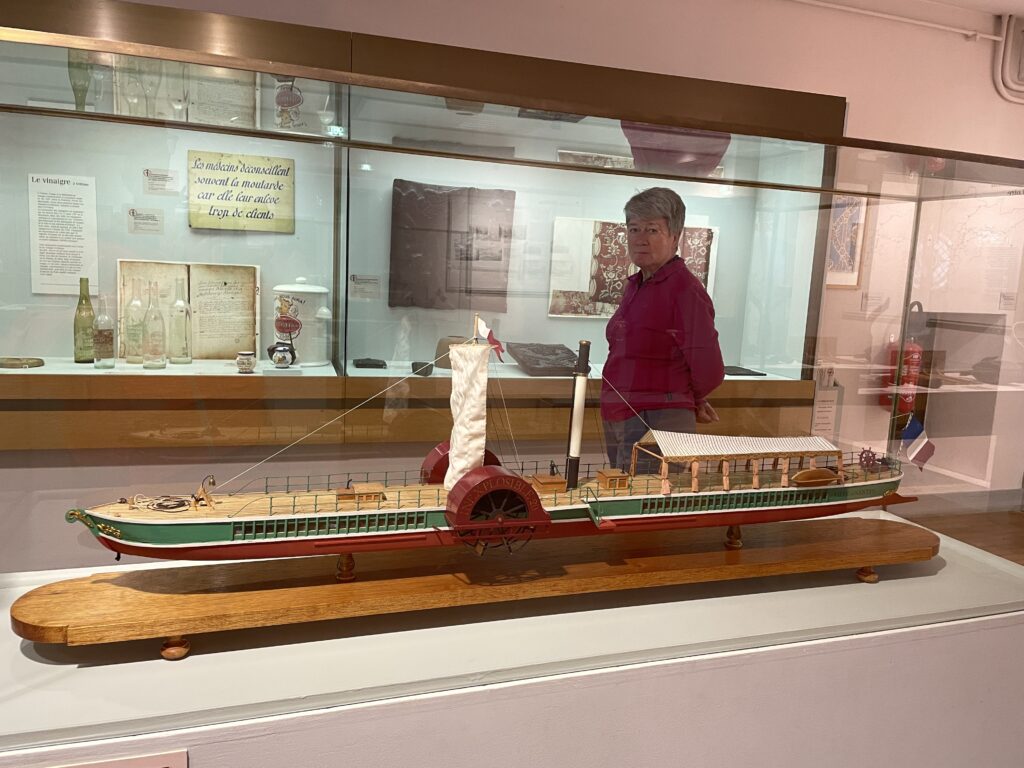
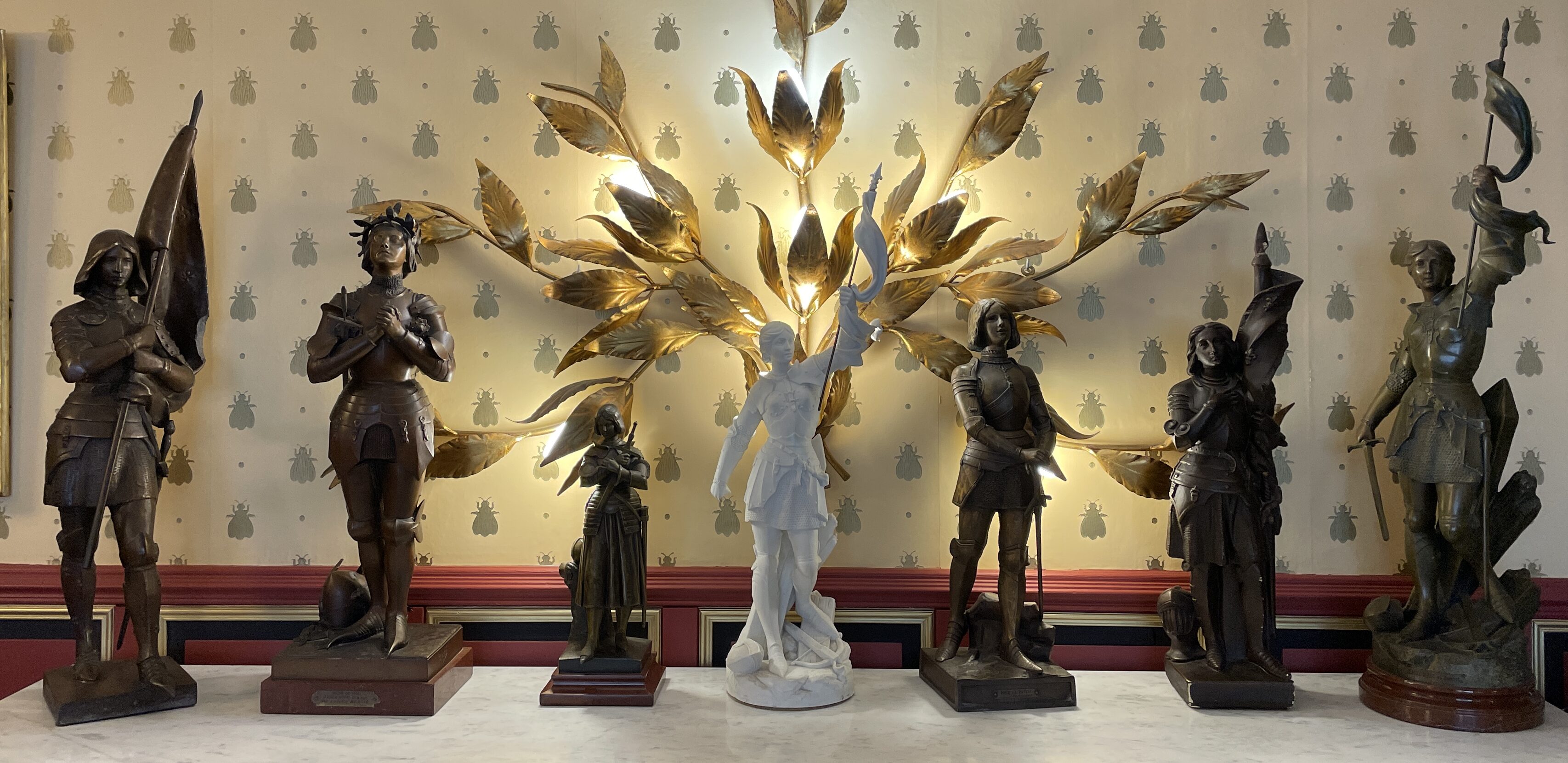
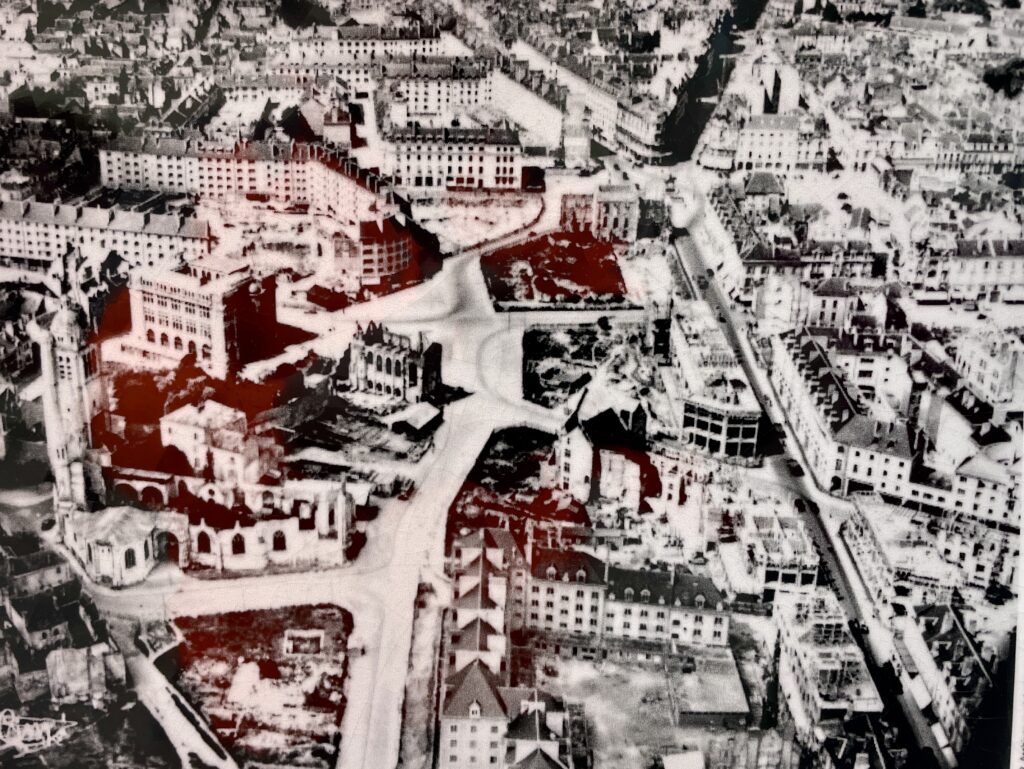
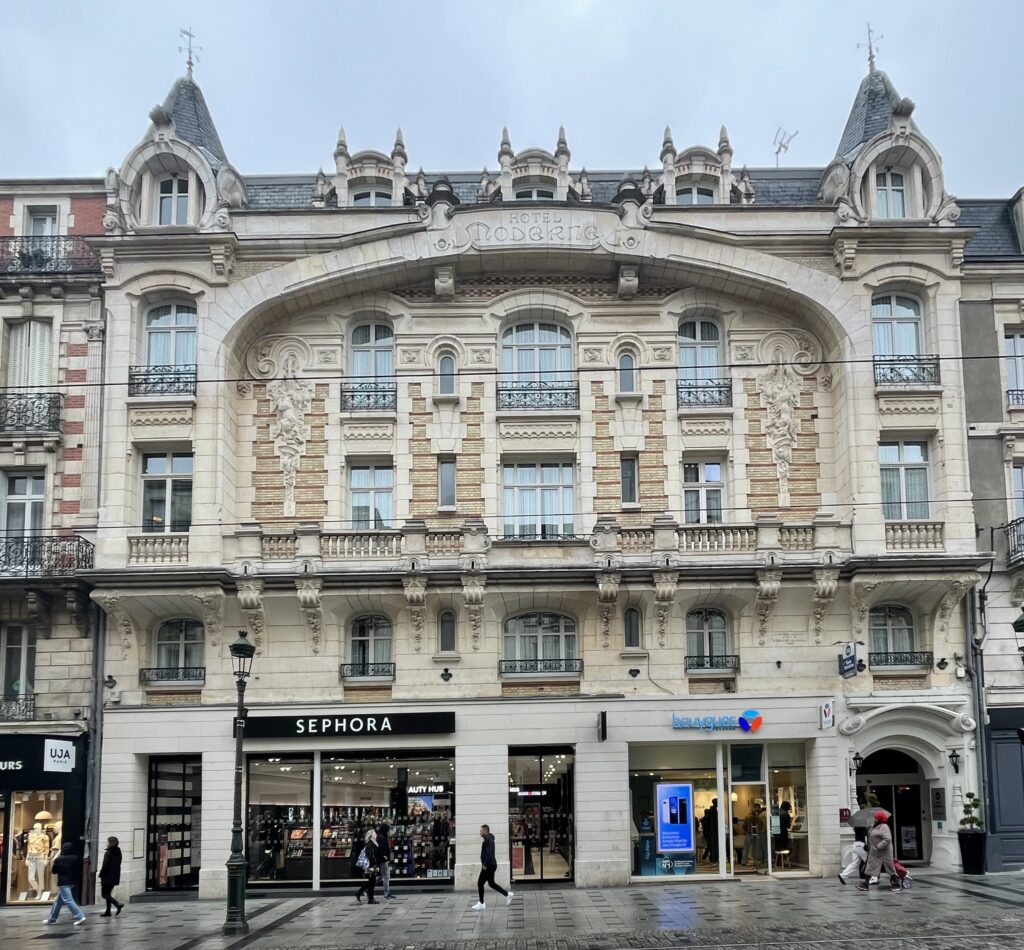
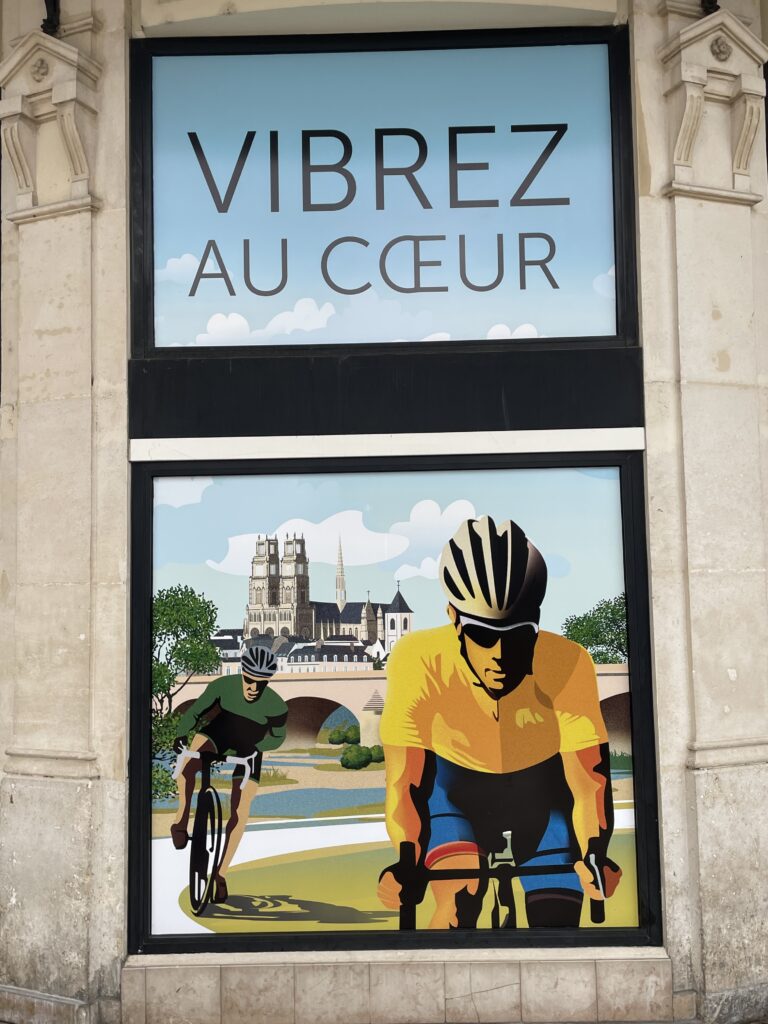
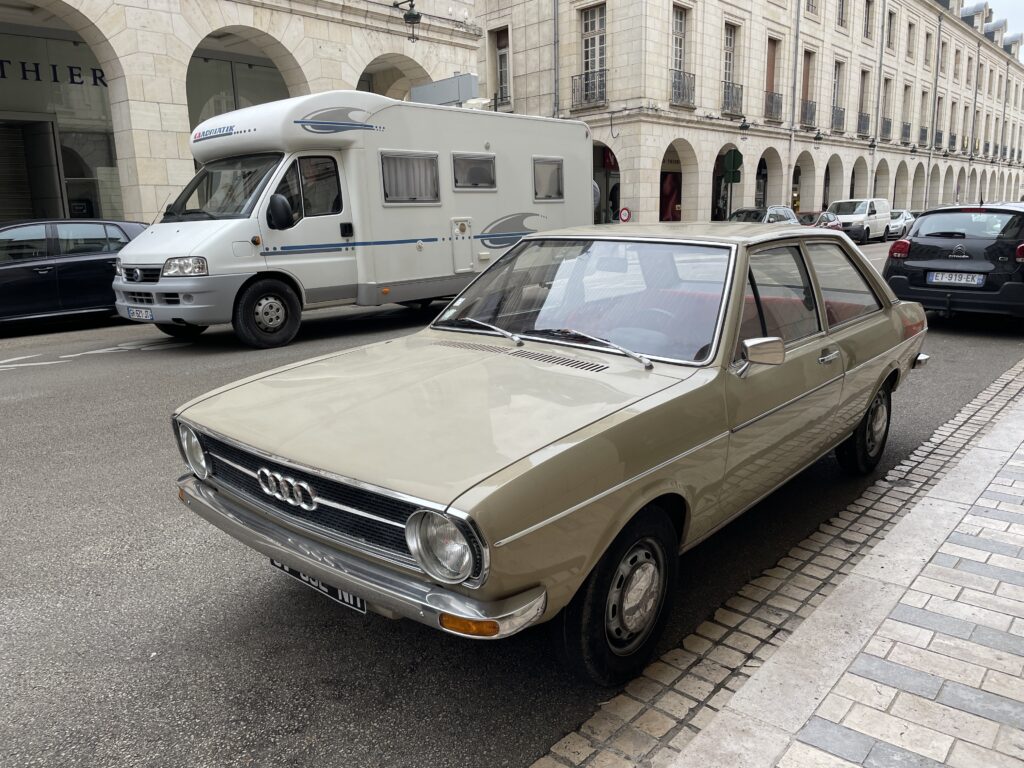
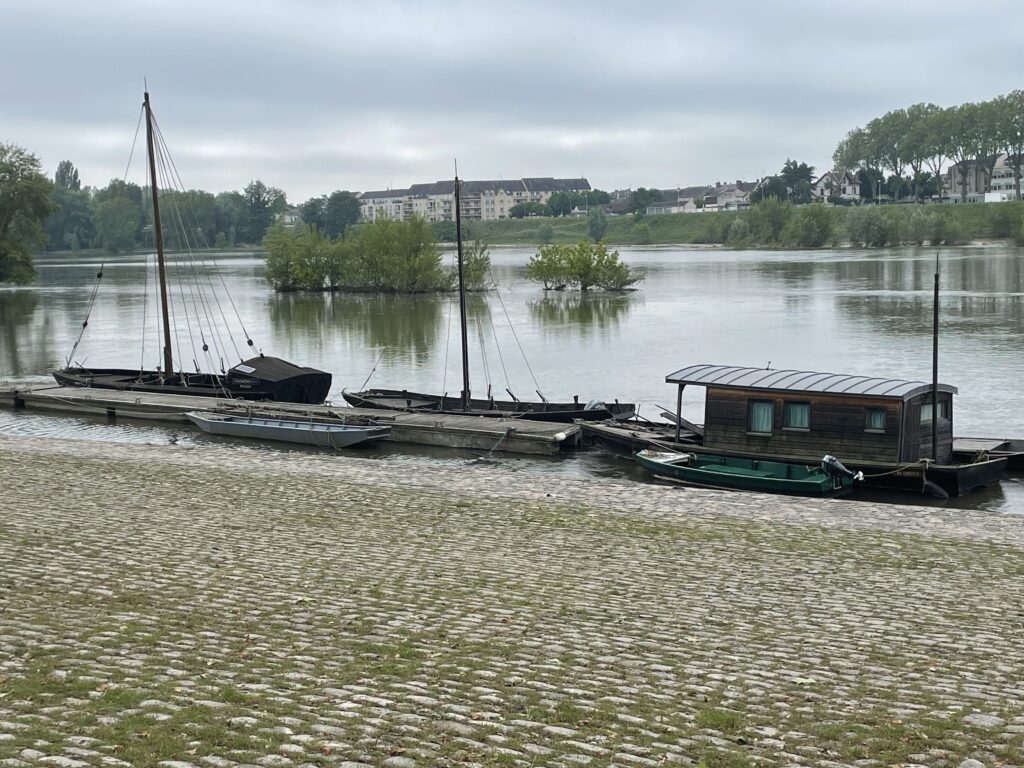
Bateaux en bois!!! Très bien.